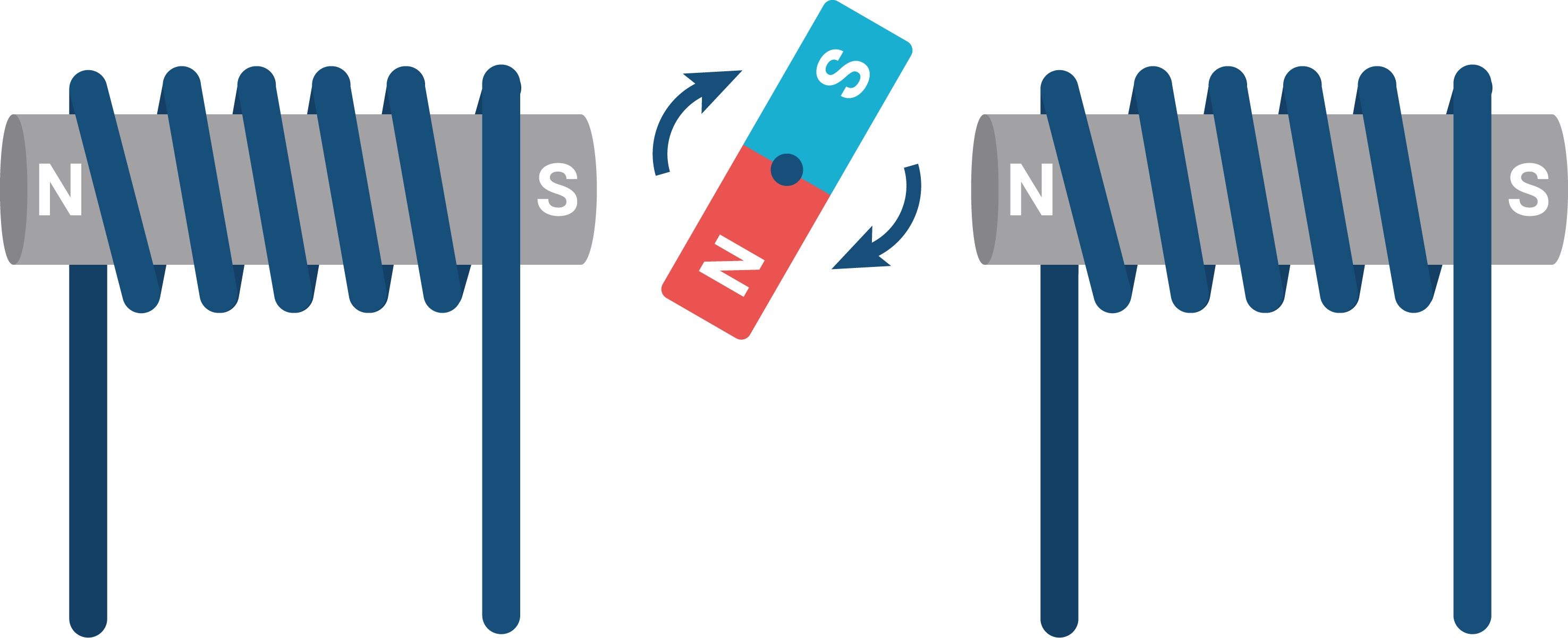Get Tech Tips
Subscribe to free tech tips.
What does “RES” mean on a contactor or relay?

Go to your truck, pick up a contactor, and look at it closely. You may find some interesting ratings you never noticed—things like terminal ambient temperature ratings and torque specs. One reading you may overlook is the RES AMPACITY of the contactor or relay. The RES rating is the RESISTIVE LOAD AMPACITY (amperage capacity) or rating.
Remember, a contactor or relay is both a switch (contacts) and a load (coil) that controls the switch (contacts). The FLA, RES, and LRA refer to the ratings of the switch/contacts/points portion of the relay or contactor, not the coil portion. The coil is just rated for voltage and cycle rate (Hz).

You will notice that the RES (resistive load) rating is higher than the FLA (full load amperage) rating. It's also much lower than the LRA (locked rotor amperage) rating. So, the contactor above would be sufficient to control/switch a 40 amp full load INDUCTIVE load and a 50-amp RESISTIVE load.
So, what is the difference between an inductive and a resistive load?
An inductive load is a magnetic load that converts electrical energy into kinetic energy (motion) through electromagnetic force (magnetism). That would usually refer to motors and solenoids in HVAC/R. It really refers to anything where magnetism and motion are involved. (Of course, for the purists in my audience, I can't neglect to mention that transformers and inductive ranges are examples of induction WITHOUT motion.)

An inductive load will experience a spike in current when voltage (potential) is first applied; this is called locked rotor amps (LRA) because it is the current a motor will draw when it starts up from a locked or stalled position.
A resistive load is a load that converts electrical energy directly to light or heat as the electrons flow through a resistive conductive path. These would be things like heat strips, crankcase heaters, and incandescent light bulbs. Resistive loads do not have any internal variation in load, and the voltage and amperage are completely in phase. That means that when a contactor, switch, or relay controls a resistive load, there will be less load variation.
The conclusion is that contactors and relays can often handle a higher amperage across the contacts when the load is resistive (light/heat) than when it is inductive (motor/motion).
—Bryan











Comments
To leave a comment, you need to log in.
Log In